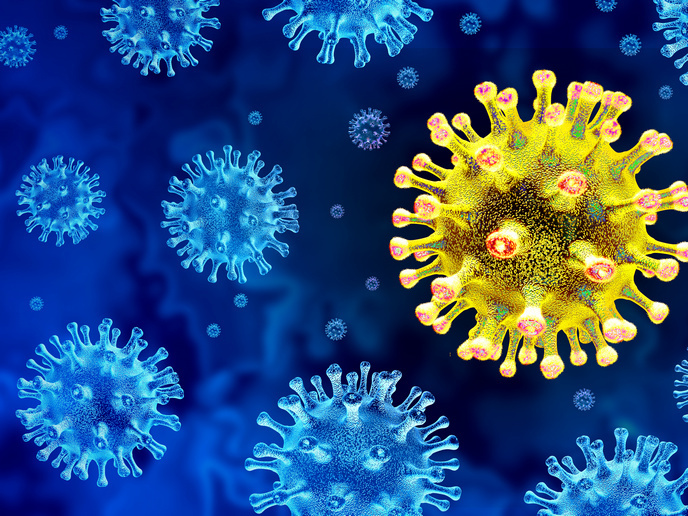Combined QSAR model predicts toxicity in quail
The objectives of the DEMETRA project were to develop software for predicting the toxicity of pesticides and related compounds. This work has involved ecotoxicologists and end-users from government and industry. Suitable data sets have been defined with regard to pesticides and their toxicity values in five organisms. A combined Quantitative Structure Activity Relationship (QSAR) model was used to predict acute oral toxicity for the Bobwhite Quail. The model has been achieved using the rule-based approach, which is a non-continuous function that combines different individual models. The basic idea was that different models can be more or less powerful in one or other aspect. This has been improved by combining positive performances of individual models. The EPA-OPP, SEEM and BBA databases were used as sources for toxicological data, with the EPA-OPP database as the primary source. Only high quality data has been used and compared between databases, as an additional check. A procedure has been drawn up for identifying single toxicity that can be reproduced when multiple values are available. A cautionary approach was taken, employing the lowest value, which is the option taken by the EU. The potential users for the results include those providing databases used for the project. One possible use includes acting as an external audit of the results. This would enable them to provide more accurate information. The data, which has been systematically collected and stored, is also of use to industry and regulators. It can provide a rapid and easily accessible source of data. The use of this free model is cheaper than performing animal experiments, reducing the time spent in assessing the environmental risk of new pesticides/chemicals. A third group of potential users are academic researchers working on models, where reliable data is of the utmost importance. The model has assisted research into new pesticides by enabling the evaluation of environmental risks in a prognostic way making it unnecessary to perform syntheses of the compound. This has allowed industry to deal with a larger number of chemical candidates for marketable pesticides.







